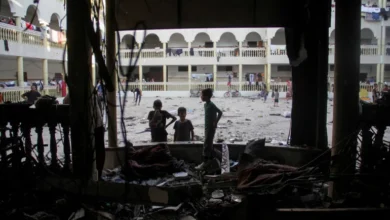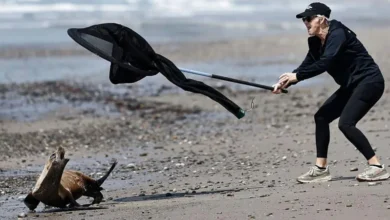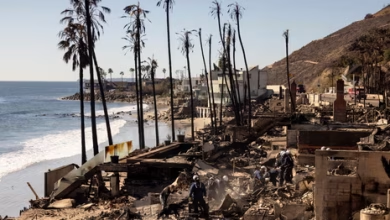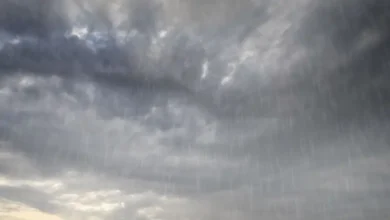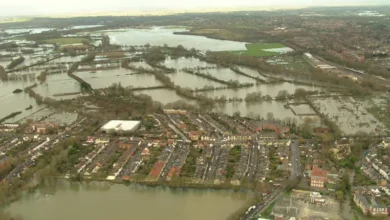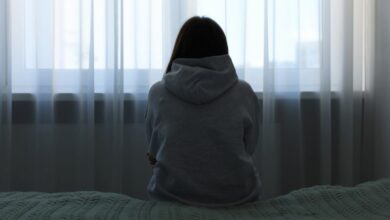Can Morocco solve Europe’s energy crisis?
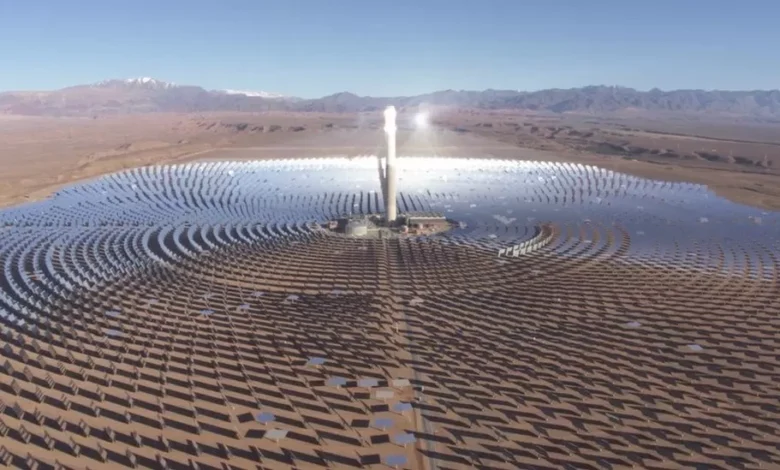
Morocco has big ambitions to export electricity produced by solar and wind farms to Europe, but should it be prioritising such renewable energy for its home market?
“The resources we have here could be one of the big, big answers to European demand,” says Moroccan energy entrepreneur Moundir Zniber.
Mr Zniber is a passionate man who senses opportunity out of crisis.
“I think Morocco represents the best opportunity to get the European continent away from the dependency it has today on Russian gas,” he says.
Mr Zniber has spent the past 15 years building his company, Gaia Energy, into one of the leaders of a renewable energy revolution in his home country.
“Morocco has truly one of the best solar and wind resources in the world combined,” he says. “We don’t have oil, we don’t have natural gas, but we have a potential that is just amazing.”
The war in Ukraine has catalysed Europe’s politicians to increase their efforts to tackle climate change with new sources of clean energy. Morocco hopes to be part of the solution.
It is on Europe’s doorstep, and has ambitious plans to generate 52% of its electricity from renewable sources by 2030. The hope is that lots of this electricity will be exported via undersea cables to Europe.
But at present, the country still has to build many more solar and wind farms. Currently the north African nation of 39 million people depends on imports for 90% of its energy needs, and most of that is from fossil fuels.
In 2021, some 80.5% of Morocco’s electricity production came from burning coal, gas and oil. By contrast, only 12.4% came from wind power, and 4.4% came from solar.
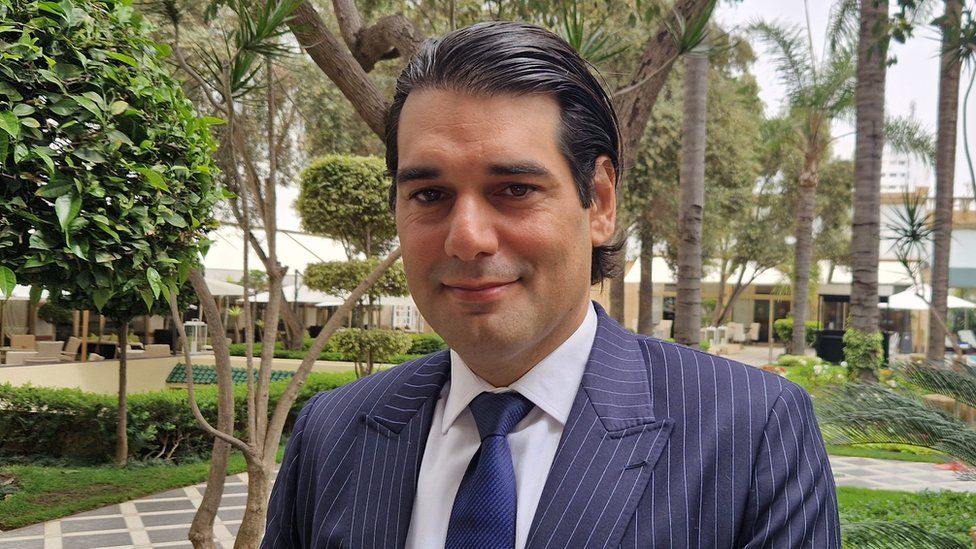
However, Morocco is already making some tangible progress to boost its renewable energy generation, thanks to projects such as the huge Noor-Ouarzazate Solar Complex. With the first phase opening back in 2016, this is now the world’s largest concentrated solar power plant.
Such facilities use mirrors to reflect and concentrate sunlight onto central tower “receivers”. These contain fluid that is heated by the light, creating steam that spins turbines to generate electricity.
At Noor-Ouarzazate the mirrors are now spread over 3,000 hectares (11.6 sq miles). The facility was developed by Saudi Arabian firm ACWA Power, with funding also coming from the World Bank and European Investment Bank.
Mr Zniber says that private Moroccan firms like his are now planning to export solar and wind-generated electricity to Europe, and green hydrogen – hydrogen that has been created by renewable energy.
He adds that Gaia Energy is developing wind and solar schemes that could meet up to 4% of Germany and Italy’s electricity needs. “And in terms of green hydrogen we have six projects our company is developing that could answer 25% of the needs of the EU.”
Meanwhile, British energy start-up Xlinks has plans to build an undersea electricity cable from Morocco to the UK. Its hope is that Moroccan solar and wind power can provide 8% of the UK’s electricity requirements by 2030.
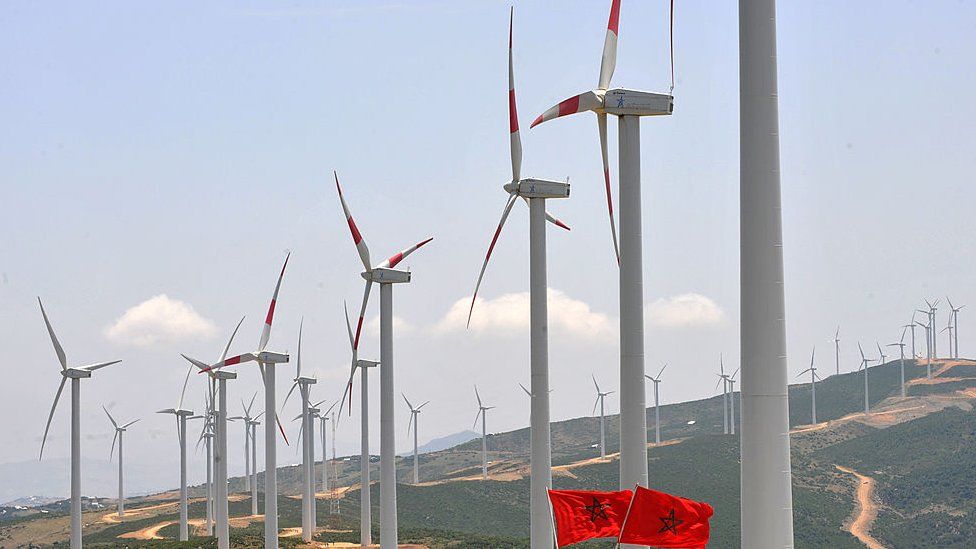
Increasing the size of Morocco’s solar and wind power generation could help bolster economic growth in the country, according to the World Bank. It has provided millions of dollars of funding for the sectors.
The benefits include a decoupling from the “very heavy volatility of the prices of fossil fuels”, according to the World Bank’s lead economist for the region, Moez Cherif.
In a country with an unemployment rate of 11.2%, Mr Cherif adds that it could create as many as 28,000 much needed new jobs each year.
He also says it would allow Morocco to “position itself as an industrial hub for investments for exports of green industrial products” such as car manufacturing using renewable energy.
Yet the World Bank estimates that it will cost $52bn (£41.6bn) for Morocco to hit its 2030 renewables target, with most of that money having to come from the private sector. The Moroccan government agrees with that.
The administration is acutely aware of the potential benefits, and is trying to accelerate the renewable vision first laid out by King Mohammed VI in 2009.
Morocco’s Minister of Energy Transition and Sustainable Development Leila Benali says some of the slow growth in renewables in the country in recent years has been caused by global factors.
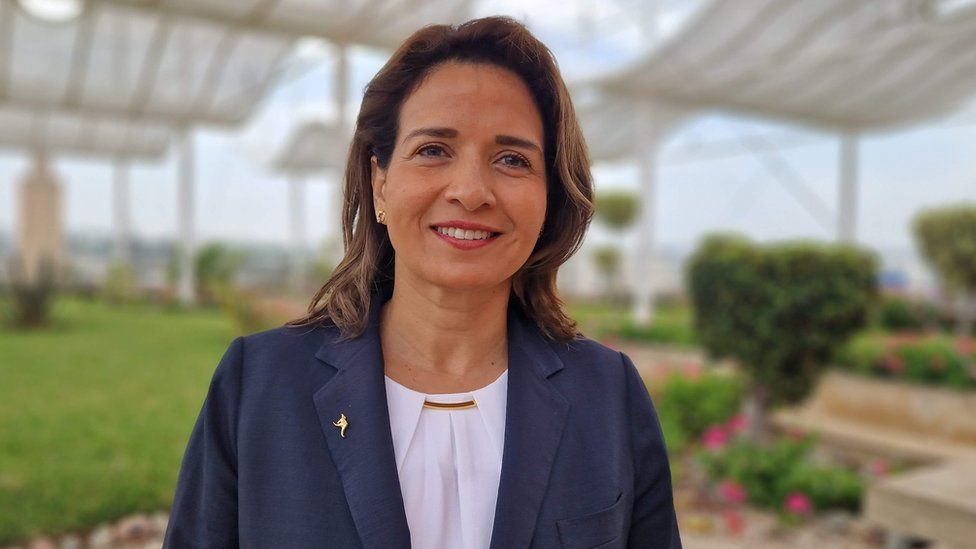
“The world is just coming out from a historic pandemic, total dislocation of supply chains and value chains – also affecting renewable energy, including the way we trade solar panels and wind turbines.”
However, she acknowledges there are also internal hurdles to overcome.
Those include “speeding up and streamlining bureaucracy”, including making sure companies get things such as “access to land permits relatively fast to ensure that investors get access to the opportunities that they want”.
Mrs Benali adds that the government’s energy strategy is based on the three pillars of ramping up renewables, increasing efficiency, and more integration into international energy markets.
When asked if it makes sense to export green electricity before all of Morocco’s own needs are met through renewables, Mrs Benali says that the “priority” is for Moroccans to have access to the “lowest-cost” green energy.
She adds that there is also a need to take advantage of the “historic opportunity” to integrate with Europe’s energy market, and that such opportunities could be an incentive for the much needed private investment.
The World Bank’s Moez Cherif believes that Morocco should both increase exports of renewable power, and add more for domestic consumption. “Ideally you should do both,” he says.
